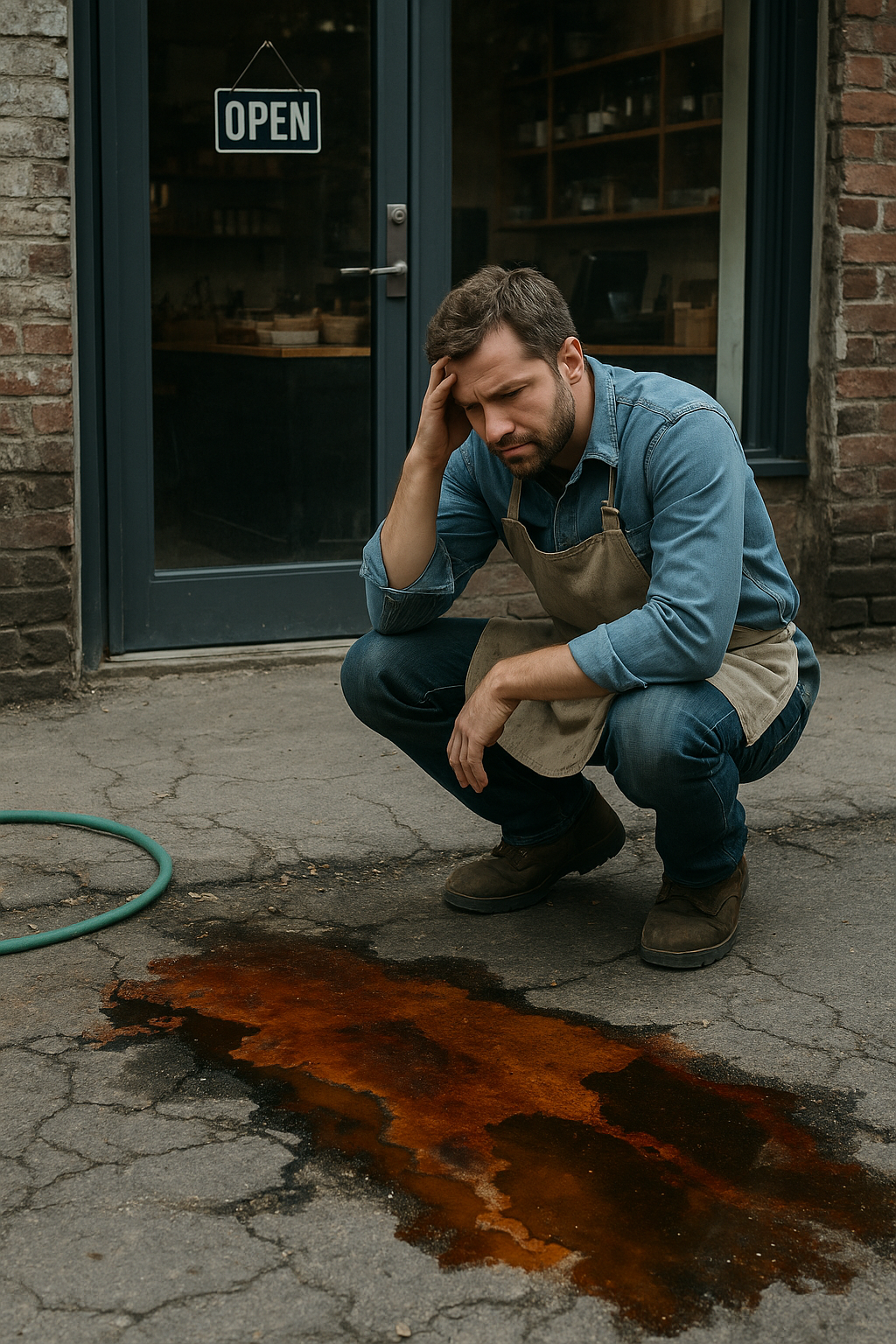
By Jenny Holly Hansen | WBN News | May 9, 2025
When reviewing a commercial insurance policy, most business owners focus on coverage limits, premiums, and deductibles. But exclusions—those hidden clauses that remove coverage for specific risks—can be just as critical. One of the most impactful exclusions found in many policies today is the Total Pollution Exclusion.
While it might sound like it only applies to factories or hazardous waste sites, this clause can affect a much broader range of businesses than many realize.
What Is a Total Pollution Exclusion?
The Total Pollution Exclusion is a clause commonly found in commercial general liability (CGL) policies. It excludes coverage for bodily injury, property damage, or clean-up costs that arise out of the release, dispersal, escape, or seepage of "pollutants."
Pollutants are broadly defined as:
Any solid, liquid, gaseous, or thermal irritant or contaminant, including smoke, vapour, soot, fumes, acids, alkalis, chemicals, and waste.
This exclusion was originally introduced in the 1980s in response to the surge of environmental claims tied to industrial contamination and long-term exposure to pollutants. It was intended to protect insurers from massive, unpredictable liabilities that environmental claims can bring.
What Does It Actually Exclude?
If your policy includes a Total Pollution Exclusion, it typically means your insurer will not cover:
- Contamination of soil, water, or air—whether sudden or gradual
- Fumes from cleaning products or chemicals used in operations
- Runoff from industrial activities or construction
- Mold or asbestos exposure
- Fuel or oil leaks from equipment or storage tanks
- Any government-mandated environmental cleanup
Even small incidents—like accidentally spilling paint thinner into a storm drain—can trigger the exclusion and leave the business fully liable.
Who Is Affected?
While the clause seems aimed at heavy industry, many other businesses can be impacted:
- Contractors: Use of sealants, solvents, and adhesives may fall under the definition of pollutants.
- Restaurants: Grease traps, cleaning chemicals, and food waste disposal could result in pollution claims.
- Auto Repair Shops: Oil leaks, coolant spills, or improper disposal of hazardous fluids are considered pollution.
- Property Managers: Mold claims or chemical use by tenants can fall under this exclusion.
Real-World Example
A landscaping company used a pesticide that drifted onto a neighboring property, causing health problems and vegetation damage. The claim was denied under the Total Pollution Exclusion, leaving the landscaper to cover medical expenses and property restoration out of pocket.
Are There Any Alternatives or Solutions?
Yes. Businesses can protect themselves by:
1. Buying a Pollution Liability Policy
Also known as Environmental Impairment Liability (EIL) insurance, this policy is specifically designed to cover many of the gaps left by the exclusion. It can cover both sudden and gradual pollution events, third-party bodily injury or property damage, and cleanup costs.
2. Securing an Exception or Limited Endorsement
Some insurers may offer a “Limited Pollution Liability Endorsement” that narrows the exclusion or restores partial coverage—especially for contractors, manufacturers, and auto services.
3. Understanding and Mitigating Risk
If pollution-related risk is part of your operations, make sure you have documented processes, proper storage/disposal protocols, and that employees are trained in prevention and emergency response.
Conclusion
The Total Pollution Exclusion is a powerful clause with far-reaching implications. For businesses of all sizes, understanding how it works—and whether your operations may fall within its scope—is essential. Don’t assume your general liability insurance will protect you from every type of mishap. Talk to an experienced broker and consider pollution-specific coverage if you’re at risk.
Let’s Keep Talking:
Jenny is a business insurance broker with Waypoint Insurance. With 19 years experience, she will well versed in the technical aspects of business coverages.
She can be reached at 604-317-6755 or jholly-hansen@wbnn.news. Connect with Jenny on LinkedIn at https://www.linkedin.com/in/jenny-holly-hansen-365b691b/. Connect with Jenny at BlueSky: https://bsky.app/profile/jennyhollyhansen.bsky.social
Let’s Meet Up:
Jenny Holly Hansen is a cohost with Chris Sturges of the Langley Impact Networking Group. You are welcome to join us on Thursday’s from 4pm to 6pm at: Sidebar Bar and Grill: 100b - 20018 83A Avenue, Langley, BC V2Y 3R4
TAGS: #Jenny Holly Hansen #Total Pollution Exclusion #Policy Wording Exclusions #Environmental Claims



